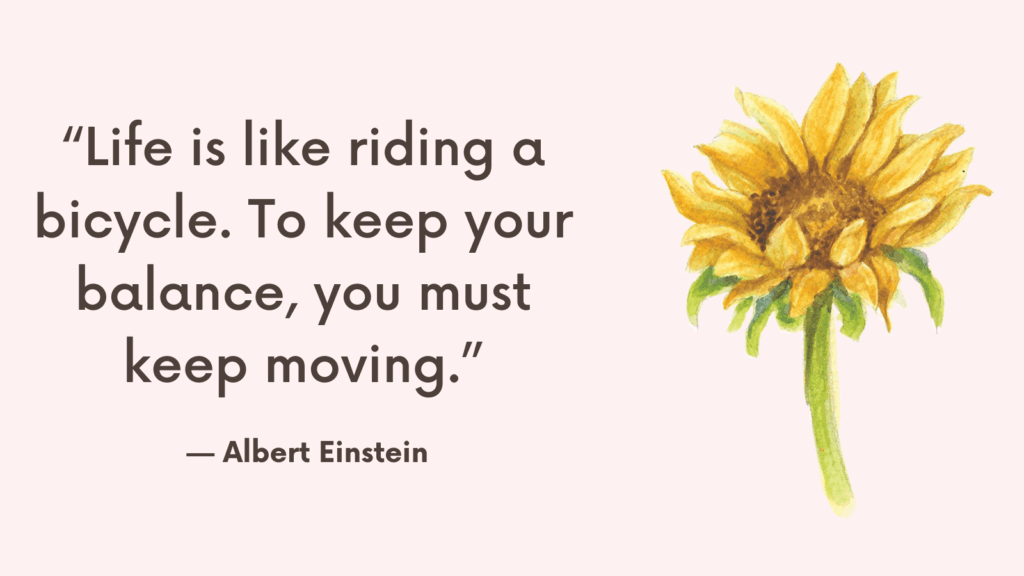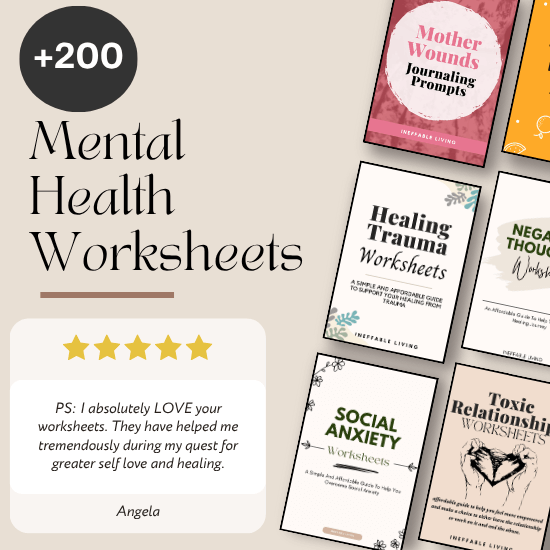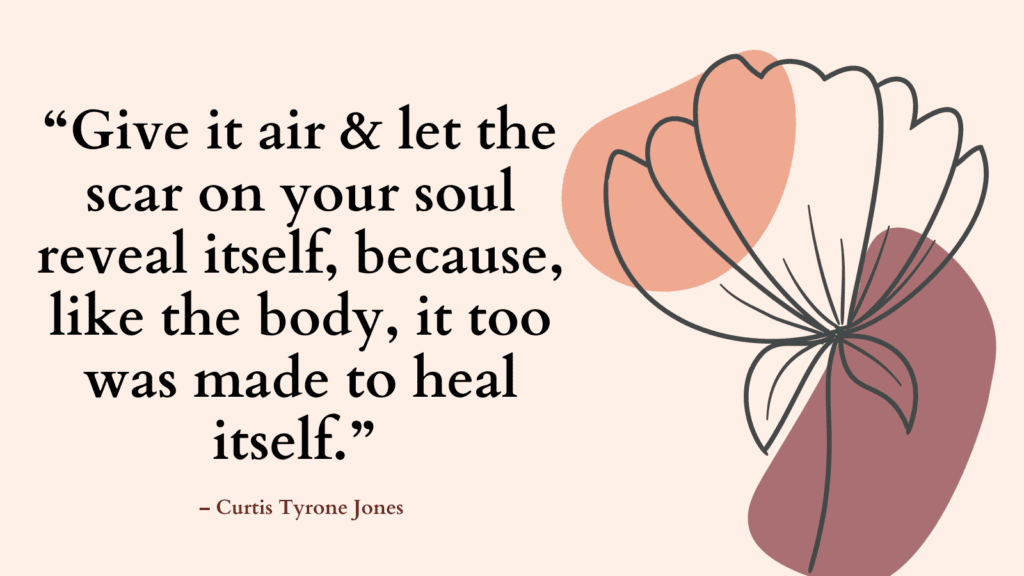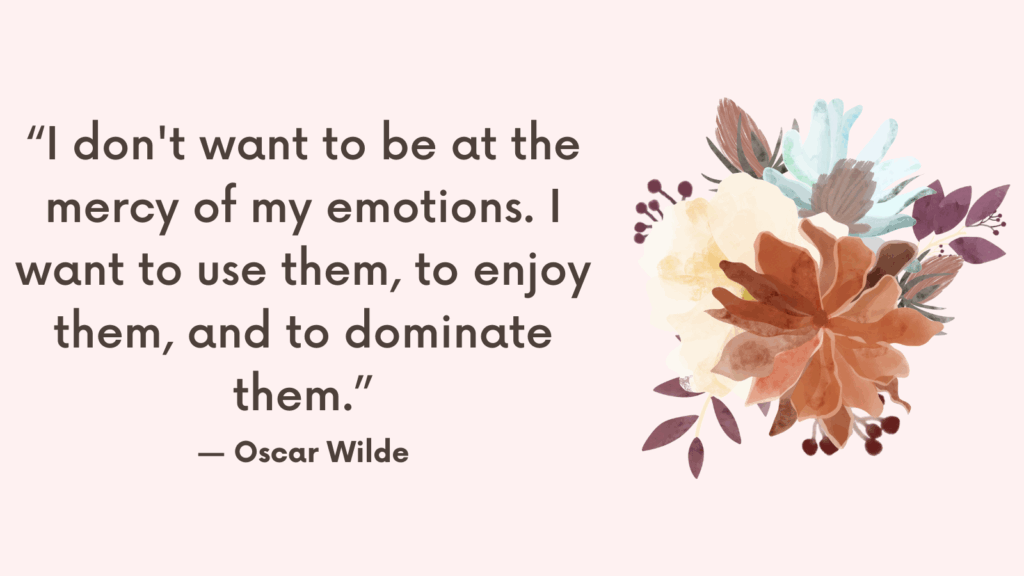Doomscrolling is the act of continuously scrolling through negative news or distressing content online, often for long periods, even though it causes anxiety, sadness, or emotional exhaustion. It’s become increasingly common in the digital age — especially during times of crisis — and understanding the psychological forces behind it can help us break the cycle.
What exactly is doomscrolling?
Doomscrolling refers to the compulsive habit of consuming large amounts of negative or alarming content online. This could include news stories about disasters, political conflict, economic uncertainty, or social injustices. Even when the information is overwhelming or emotionally draining, people feel unable to stop scrolling.
Why do we doomscroll even when it makes us feel worse?
The brain craves certainty and understanding, especially in times of stress. Doomscrolling creates the illusion of control by feeding us more information. Subconsciously, we may believe that staying informed will help us prepare or protect ourselves — even if the content only increases our distress.
How does fear-based content affect our brain?
Negative news activates the brain’s threat detection system, triggering the amygdala and releasing stress hormones like cortisol. This creates a state of hypervigilance where the mind stays alert for more danger. Over time, this state of constant scanning for threats becomes addictive and self-reinforcing.
Related: Top 10 Practical CBT Exercises For Generalized Anxiety Disorder Relief
How Can We Break the Doomscrolling Cycle?
Doomscrolling often feels like a reflex — something you slip into without noticing, especially during moments of stress, boredom, or restlessness. While it may feel like you’re staying informed, the habit often leads to anxiety, helplessness, and emotional fatigue. Here’s how to break the cycle using practical, intentional steps.
1. Identify Your Triggers
Notice when and why you start doomscrolling. Is it right after waking up? When you feel anxious or lonely? Recognizing the emotional or situational triggers behind the habit gives you the power to intervene early, before the spiral begins.
2. Set Time Limits for News and Social Media
Choose specific times during the day to check news or social media — and stick to them. Limit exposure to one or two sessions, each no longer than 15–30 minutes. Avoid checking news first thing in the morning or late at night, when your mind is most vulnerable.
3. Curate Your Information Sources
Unfollow or mute accounts that spread panic, outrage, or sensationalism. Instead, follow a few trusted, balanced news sources. Include accounts that share positive stories, hopeful news, or calming content to bring emotional balance to your feed.
Related: Burned Out and Overwhelmed? These Worksheets Help You Reclaim Your Mental Health
4. Replace Scrolling with Grounding Habits
When the urge to scroll hits, redirect your focus to an activity that calms or engages you. This might include walking, journaling, deep breathing, cleaning, calling a friend, or doing something creative. Keep a list of go-to alternatives visible as a reminder.
5. Create a Tech-Free Wind-Down Routine
Replace nighttime scrolling with calming rituals like reading, stretching, or listening to music. Turn off notifications an hour before bed and charge your phone outside the bedroom to reduce temptation and support better sleep.
6. Practice Present-Moment Awareness
When you catch yourself scrolling, pause and ask: “Is this helping me feel better — or worse?” Use mindfulness techniques to come back to the present moment. Focus on your breath or notice the physical sensations around you to anchor your attention.
7. Set Physical Boundaries with Your Devices
Designate screen-free zones (like your bedroom or dining table) and times (like your morning routine or meals). Use apps or tools that limit your social media usage or block access during high-risk times.
Related: High Functioning Anxiety Test (& How To Support Anxiety Recovery)
8. Acknowledge That It’s Okay to Disconnect
You don’t have to be constantly updated to be a responsible, informed person. Taking a break doesn’t mean you’re ignoring the world — it means you’re caring for your mind. Rest is essential for clarity, resilience, and long-term engagement.
By taking small, consistent steps, you can shift from passive consumption to intentional living. Breaking the doomscrolling cycle isn’t about denial — it’s about protecting your peace while still showing up with awareness and purpose.
FAQs
Is doomscrolling a form of anxiety coping?
Yes, but it’s a maladaptive coping mechanism. It’s often a way to soothe uncertainty, distract from personal problems, or feel connected to the world’s events. Unfortunately, it usually backfires — increasing anxiety instead of reducing it, and leaving people feeling helpless or overwhelmed.
Why is doomscrolling so common now?
Several factors fuel this habit:
- 24/7 access to news and social media
- Algorithms that prioritize high-emotion, high-engagement content
- Global crises, pandemics, and political unrest
- Social pressure to stay informed and “aware”
These conditions combine to make negative content more accessible, more stimulating, and more difficult to resist.
Related: Solve Actual Problems, Don’t Just Cope: 7 Practical Steps to Break the Anxiety Cycle
Does doomscrolling affect mental health?
Yes. Chronic doomscrolling has been linked to:
- Increased anxiety and depression
- Sleep disturbances
- Emotional numbness or burnout
- Feelings of hopelessness or despair
It creates a feedback loop where the more we consume negative content, the worse we feel — and the more we seek content to explain or validate our feelings.
Can doomscrolling become addictive?
While not classified as an addiction in the clinical sense, doomscrolling shares many features of addictive behavior: compulsiveness, difficulty stopping, temporary relief followed by regret, and negative consequences. The intermittent rewards of new updates or shocking headlines can mimic the effects of a behavioral addiction.
Is staying informed always harmful?
No — staying informed is important. The problem arises when the line between being informed and being consumed is crossed. Aim for balanced news intake from credible sources, with enough space to emotionally digest what you’re taking in.
Related: How to Relieve Anxious Sensations In Your Body?
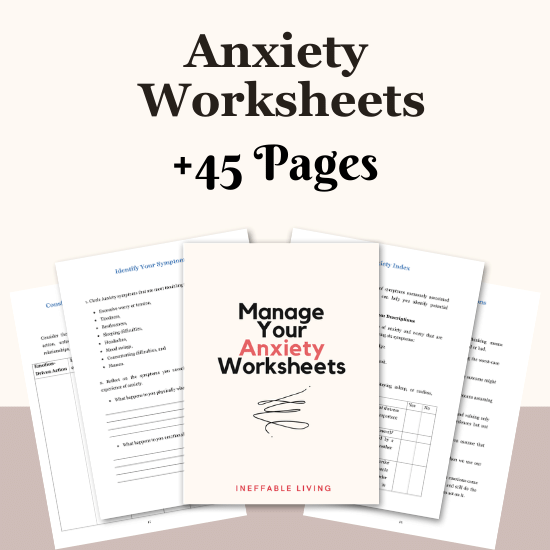
Conclusion
Doomscrolling is a natural response to an overwhelming world — but it’s not the only one. By understanding what drives it and learning to step back, we can reclaim our time, attention, and peace of mind.
